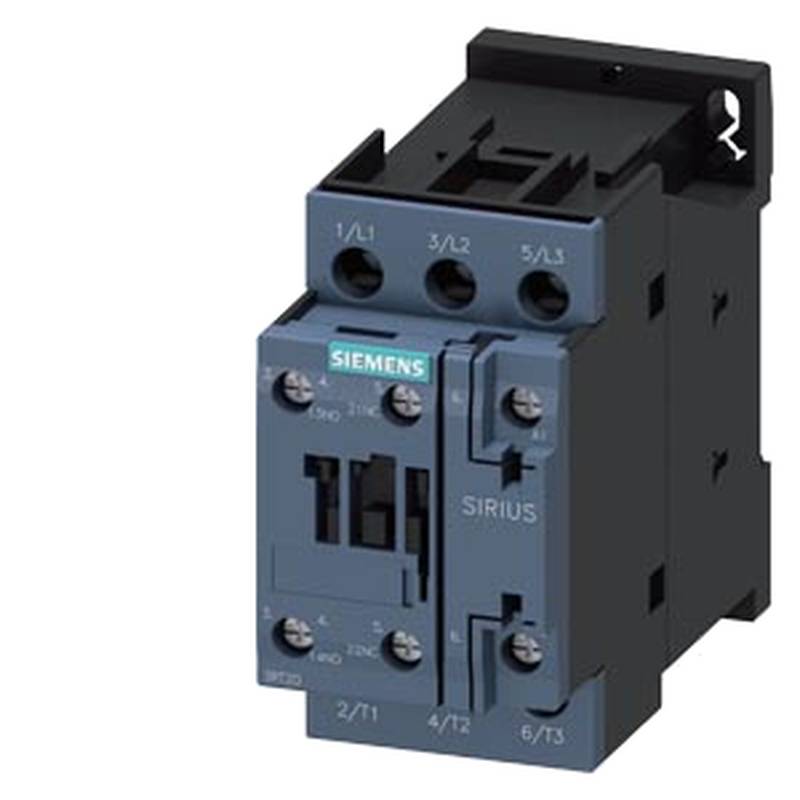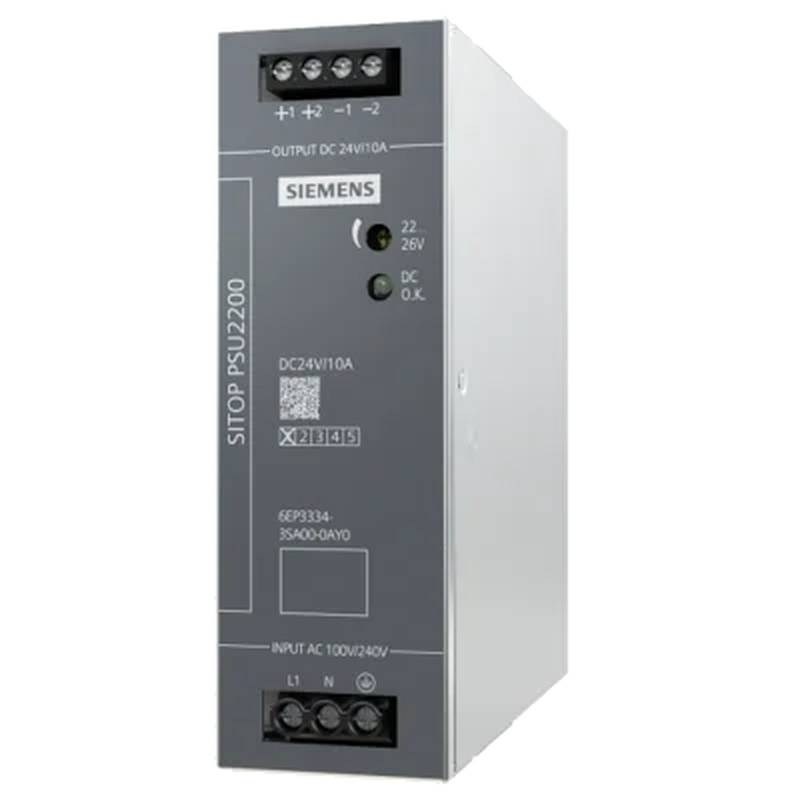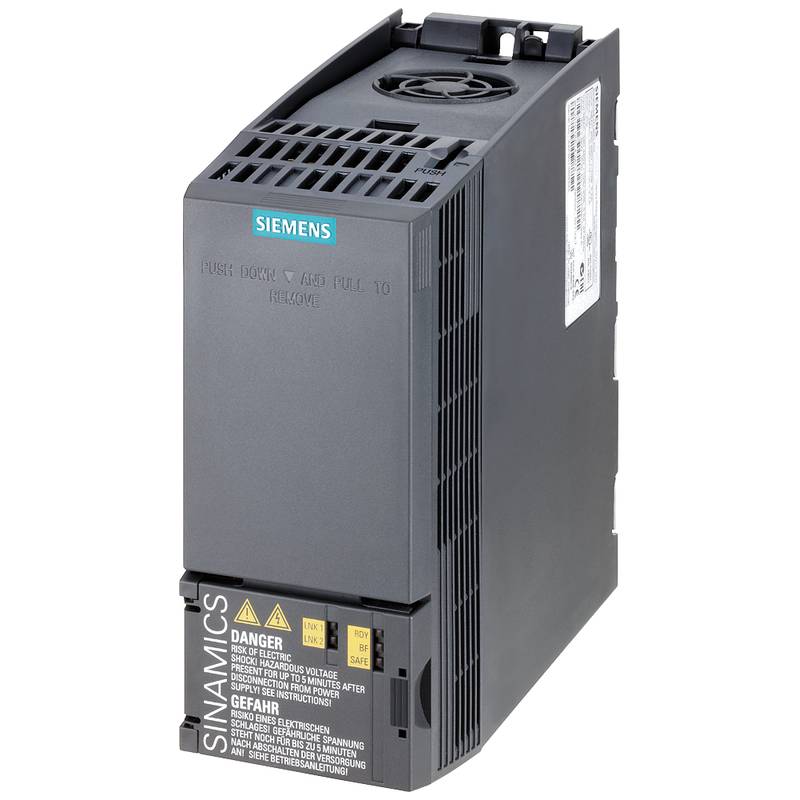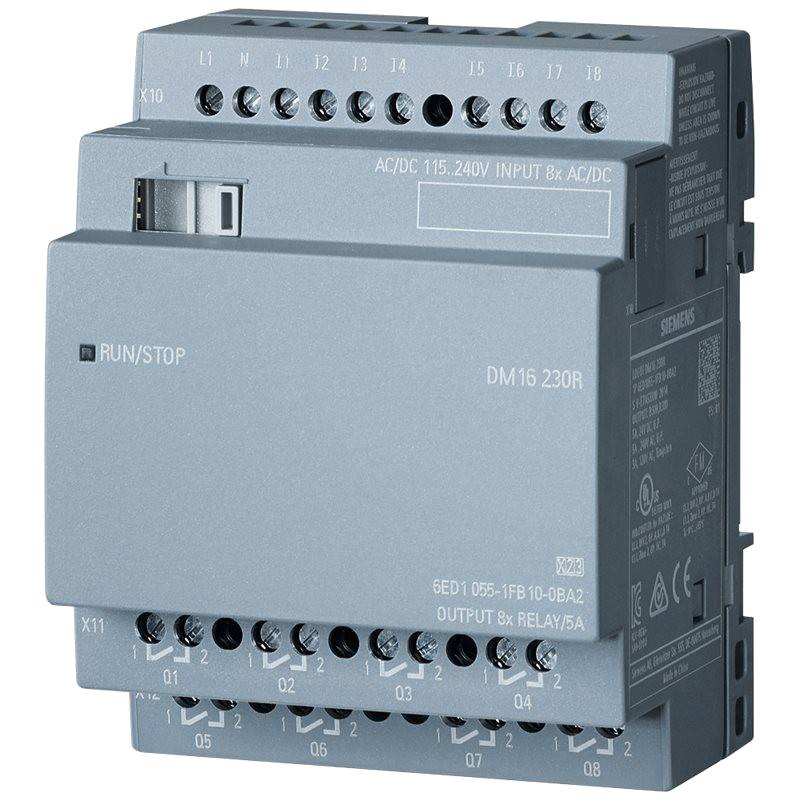
The Siemens 5SN6206-8CN is a 2-pole, 6-amp Miniature Circuit Breaker (MCB) designed for robust protection in various electrical installations. Featuring a high breaking capacity, this MCB offers superior safety and reliability for demanding applications. Its core advantages lie in its precision tripping, enhanced arc extinction capabilities, and durable construction, ensuring operational continuity and safeguarding sensitive equipment. Key technical parameters include a rated voltage of 400V AC, a rated breaking capacity (Icn) of 6kA, and compliance with IEC/EN 60898-1 standards.
Product Specifications
| Specification | Value |
| :--------------------- | :--------------------- |
| Product Type | Miniature Circuit Breaker (MCB) |
| Manufacturer | Siemens |
| Series | 5SN6 |
| Poles | 2P |
| Rated Current (In) | 6A |
| Rated Voltage (Ue) | 400V AC |
| Rated Breaking Capacity (Icn) | 6kA |
| Tripping Curve | C |
| Frequency | 50/60 Hz |
| Protection | Overcurrent, Short Circuit |
| Mounting Type | DIN Rail |
| Compliance Standards | IEC/EN 60898-1 |
| Insulation Voltage (Ui) | 500V AC |
| Degree of Protection | IP20 |
Core Features & Market Positioning
The Siemens 5SN6206-8CN distinguishes itself through its high breaking capacity of 6kA, providing a significant safety margin against fault currents in residential, commercial, and light industrial settings. The Type C tripping characteristic ensures it can handle inrush currents from inductive loads without nuisance tripping, while still offering rapid protection against short circuits. This makes it a versatile choice for circuits powering motors, lighting, and other equipment susceptible to temporary overloads. Siemens' reputation for quality and reliability underpins the 5SN6 series, positioning it as a trusted component for electricians and system designers prioritizing safety and long-term performance in power distribution.
Key Application Scenarios
This 2-pole, 6A MCB is ideally suited for protecting individual circuits in residential electrical panels, such as those for lighting, sockets, and small appliances. In commercial environments, it finds application in sub-distribution boards for office spaces, retail outlets, and small workshops, safeguarding lighting circuits and point-of-use power outlets. Its robust design and 6kA breaking capacity also extend its utility to light industrial settings for protecting control circuits, auxiliary equipment, and smaller machinery where precise overcurrent and short-circuit protection is critical. The 2-pole design ensures disconnection of both live and neutral conductors, enhancing safety during maintenance.
Practical System Integration Guidance
Integrating the Siemens 5SN6206-8CN is straightforward due to its standard DIN rail mounting. Installation requires connecting the line and neutral conductors to the respective terminals, ensuring correct polarity. For optimal safety and performance, proper torque should be applied to the terminals as per Siemens' recommendations. It is crucial to ensure that the rated current and breaking capacity of the MCB are appropriate for the protected circuit's load and potential fault levels. Compatibility with other Siemens circuit protection devices and busbar systems ensures a cohesive and reliable electrical installation.
Operation and Risk Mitigation
The Siemens 5SN6206-8CN operates by automatically interrupting the circuit when the current exceeds a predetermined level, either due to an overload or a short circuit. Its thermal-magnetic tripping mechanism ensures reliable protection. In case of frequent tripping, users should investigate potential causes such as an overloaded circuit, faulty appliance, or a short circuit. It is imperative to de-energize the circuit before inspecting or troubleshooting to mitigate the risk of electric shock. Always ensure that the MCB is rated appropriately for the connected load and that the electrical installation complies with all relevant local codes and standards.
Scalability & Long-Term Value
The 5SN series, including the 5SN6206-8CN, offers excellent compatibility within the broader Siemens electrical infrastructure. This inherent compatibility simplifies future upgrades or expansions of electrical systems. For instance, if a circuit's load increases, it can be seamlessly replaced with a higher-rated MCB from the same series, provided the upstream protection and wiring support the change. While this specific MCB is a foundational protective device, its integration into modern smart homes or industrial facilities can be achieved through compatibility with intelligent metering and monitoring systems, offering indirect pathways to digital integration and enhanced long-term value through improved system oversight.
FAQs
Q1: What is the primary function of the Siemens 5SN6206-8CN MCB?
This MCB provides overcurrent and short-circuit protection for electrical circuits. It automatically interrupts power flow to prevent damage to wiring and connected equipment. Its two poles ensure disconnection of both live and neutral conductors.
Q2: What does "High Breaking Capacity" mean for this MCB?
High breaking capacity signifies the MCB's ability to safely interrupt fault currents up to 6kA. This is crucial in preventing arc flash hazards and equipment damage during severe short circuits. It indicates a robust design for demanding electrical environments.
Q3: Can this MCB be used in residential or commercial applications?
Yes, it is designed for both. Its 6A rating and Type C curve make it suitable for protecting lighting, socket outlets, and small appliances in homes and offices. It is also used in light industrial settings.
Q4: What is the significance of the "2P" designation?
"2P" indicates that the circuit breaker has two poles. This means it can switch and protect both the live (L) and neutral (N) conductors simultaneously. This is a safety feature for certain types of circuits and installations.
Q5: What does the "6A" rating refer to?
The "6A" is the rated operational current of the MCB. It means the breaker is designed to continuously carry a current of 6 amperes without tripping under normal conditions. It will trip if the current exceeds this value due to an overload or short circuit.
Q6: How is the tripping curve "C" relevant to the 5SN6206-8CN?
A Type C tripping curve is designed to tolerate higher inrush currents associated with inductive loads. This makes it suitable for circuits with equipment like motors or transformers, preventing nuisance tripping while still protecting against short circuits.
Q7: What are the safety standards that the Siemens 5SN6206-8CN complies with?
This MCB complies with IEC/EN 60898-1 standards. These are international and European standards for circuit breakers used in household and similar installations, ensuring safety and performance requirements are met.
Q8: What is the voltage rating of this MCB and is it suitable for single-phase systems?
The rated voltage (Ue) is 400V AC. This rating is suitable for standard single-phase and two-phase power systems commonly found in residential and commercial buildings. It also covers some industrial applications.
Q9: How does one properly install this Siemens MCB?
The MCB mounts onto a standard 35mm DIN rail. Connect the line conductor to one terminal and the neutral conductor to the other. Ensure connections are secure and follow torque specifications for safe and reliable operation.
Q10: What troubleshooting steps should be taken if the MCB trips frequently?
First, ensure the circuit is de-energized. Then, check for overloaded appliances or devices connected to the circuit. Investigate for potential short circuits or wiring faults. If the issue persists, consult a qualified electrician.

























